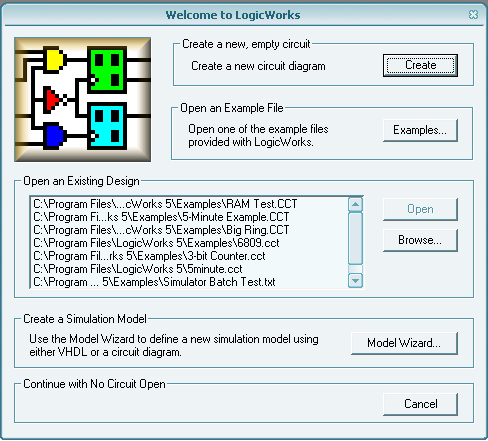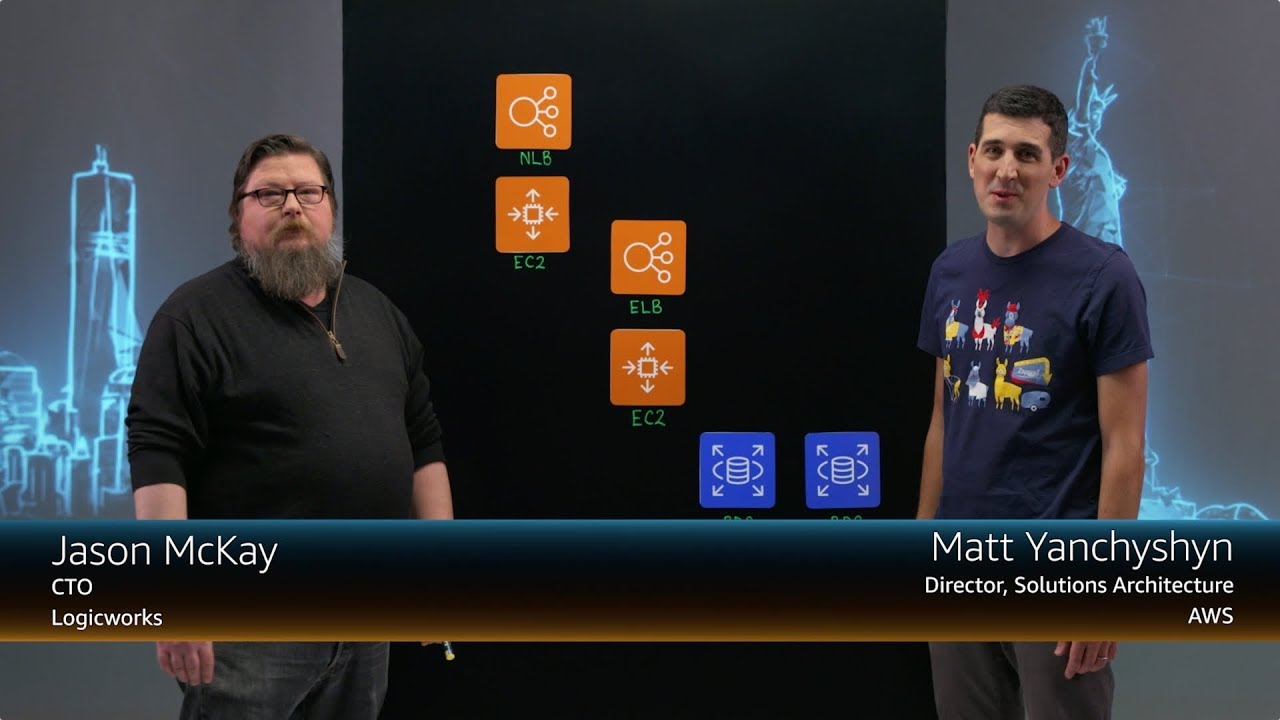

Advanced topics concerning SL semanticsĪ-1.1: Mathematical induction A-1.2: Bivalence A-1.3: Extensionality A-1.4: CompactnessĦ.1: D L: a lean derivation system 6.2: Strategies for doing derivations in D L 6.3: Ds: a derivation system for SL 6.4: Strategies for doing derivations in Ds 6.5: Extensions of Ds bracket free notation 6.6: Intuition and "Intuitionism" derivation in intuitionistic logicĪ-2. Makes important metatheoretical results accessible to introductory students through a discursive presentation of those results and by using simple case studiesġ.1 Demonstration and interpretation 1.2 Deductive and inductive demonstrations 1.3 The principle of noncontradiction 1.4 Abstraction, variables, and formalization logical and nonlogical elements formal contradiction 1.5 A fundamental problem 1.6 Outline of forthcoming chapters Appendix: Elements of a theory of demonstrative logicĢ.1: Introduction Syntax 2.2: Conventions 2.3: Syntactic demonstrations and trees 2.4: Scope named forms 2.5: Formal propertiesģ.1: Semantics for ⊥ and the sentence letters 3.2: Semantics for the connectives 3.3: Semantics for compound sentences 3.4: Intensional concepts Appendix: Expressive adequacy disjunctive normal form the lean languageĤ.1: Looseness of fit 4.2: Conditional sentences of English 4.3: Necessary conditions 4.4: Sufficient conditions 4.5: Necessary and sufficient conditions the principle of charity 4.6: Formalizing necessary and sufficient conditions 4.7: Exceptions and strong exceptions 4.8: Disjunction 4.9: Negations and conjunctions 4.10: Punctuation 4.11: Limits of formalization 4.12: Formalizing demonstrationsĥ.1: Identifying and verifying interpretations 5.2: Demonstrating that there is no interpretation 5.3: Demonstrating general principles 5.4: Falsifying general claims 5.5: Relations between intensional concepts models entailment Appendix: Alternatives to bivalenceĪ-1.Makes objectual semantics for quantified logic easy, with an incremental, rule-governed approach assisted by numerous simple exercises.Carefully considers the ways natural language both resists and lends itself to formalization.Adopts a critical attitude to certain classical doctrines, exposing students to alternative ways to answer philosophical questions about logic.



#Logicworks com manual
Online support material includes a detailed student solutions manual with a running commentary on all starred exercises, and a set of editable slide presentations for course lectures. It also covers this material at greater length and in more depth with the purpose of making it accessible to those with no prior training in logic or formal systems. Aiming to be as much a reference work and handbook for further, independent study as a course text, it covers more material than is typically covered in an introductory course. It also considers how logical analysis can be applied to carefully represent the reasoning employed in academic and scientific work, better understand that reasoning, and identify its hidden premises. The book covers classical first-order logic and alternatives, including intuitionistic, free, and many-valued logic. It asks questions about why systems of logic are as they are, how they relate to ordinary language and ordinary reasoning, and what alternatives there might be to classical logical doctrines. Logic Works is a critical and extensive introduction to logic.


 0 kommentar(er)
0 kommentar(er)
